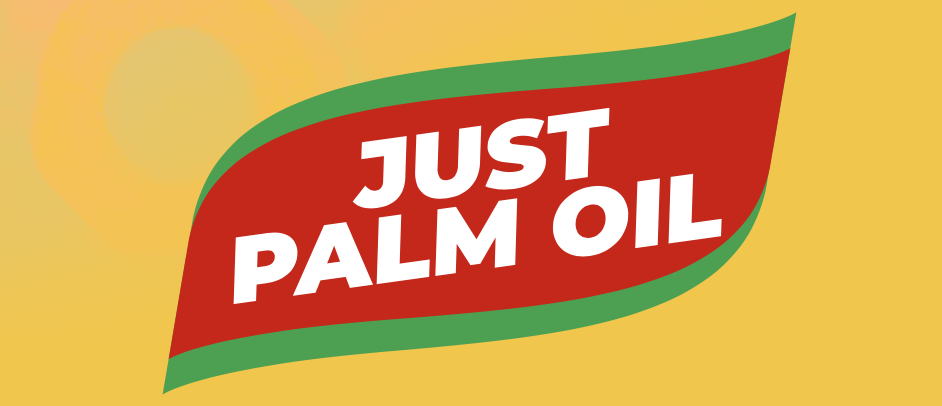About Us
About Just
Palm Oil

Our Mission, Goals, & Values
Our Mission is produce and supply you and your family with the best quality palm oil across the UK, Europe and other parts of the World
Our Production
The Mill
The first stage of palm oil production begins at the mill, where fresh palm fruit bunches are received and processed. Let’s explore the mill process:
- Reception: Fresh palm fruit bunches, harvested from oil palm trees, are transported to the mill. At the reception area, the fruit bunches undergo inspection and quality assessment.
- Sterilization: The fruit bunches are then subjected to sterilization. This process involves the use of high-pressure steam, which helps to deactivate enzymes and destroy bacteria, ensuring the preservation of the palm oil’s quality.
- Threshing: Following sterilization, the sterilized fruit bunches are fed into a thresher, which separates the fruit from the bunch. This results in a mixture of palm fruits and empty fruit bunches (EFBs).
- Extraction: The separated palm fruits are then processed for oil extraction. The fruits are initially pressed to extract the crude palm oil (CPO). This process separates the oil from the solid components, such as the palm kernel and fiber.
- Clarification: The extracted crude palm oil contains impurities and non-oil components. To remove these impurities, the CPO undergoes a process called clarification, which involves the use of centrifuges or settling tanks to separate the oil from the water and solids.
The Regfinery
After the milling process, the crude palm oil proceeds to the refinery for further purification and enhancement. The refinery stage involves the following steps:
- Degumming: The crude palm oil is heated and mixed with water to remove gums and other impurities. This process helps improve the oil’s stability and appearance.
- Neutralization: In this step, the oil is treated with an alkaline substance, such as sodium hydroxide, to neutralize any free fatty acids present. This neutralization process ensures the oil’s suitability for various applications.
- Bleaching: The neutralized oil undergoes a bleaching process, which involves the addition of bleaching earth or activated carbon. This step helps remove pigments, residual impurities, and any undesirable odors, resulting in a clear and odorless oil.
- Deodorization: To eliminate volatile compounds and further enhance the oil’s sensory properties, deodorization takes place. The oil is heated under vacuum conditions, and steam is passed through it to remove any remaining odors and flavors.
Fractionation
Fractionation is an additional step used to modify the physical characteristics of palm oil, making it suitable for various applications. Here’s an overview of the fractionation process:
- Cooling and Crystallization: The refined oil is chilled to a specific temperature, causing it to solidify and form crystals. This process is known as cooling and crystallization. The solidified oil is then subjected to filtration to separate it into two components: Olein and Stearin.
- Separation: The separated olein and stearin undergo further processing. Olein, which is liquid at room temperature, is suitable for applications such as cooking oil, while stearin, a solid fraction, finds use in products like margarine, shortening, and confectionery.


Over 100 Families Supplied

Over 5,000 Litres Supplied

Hundreds of Meals Prepared

99% Positive Feedback
What our customers are saying





